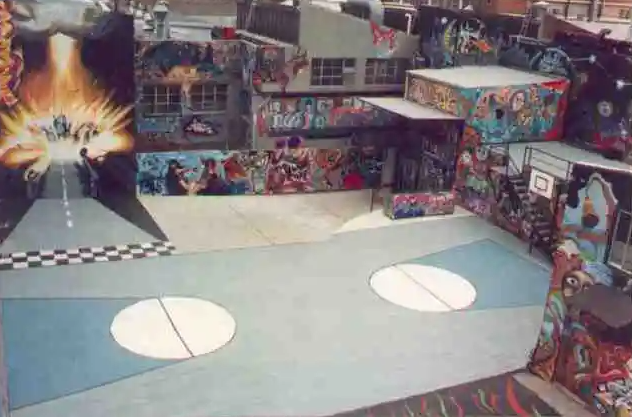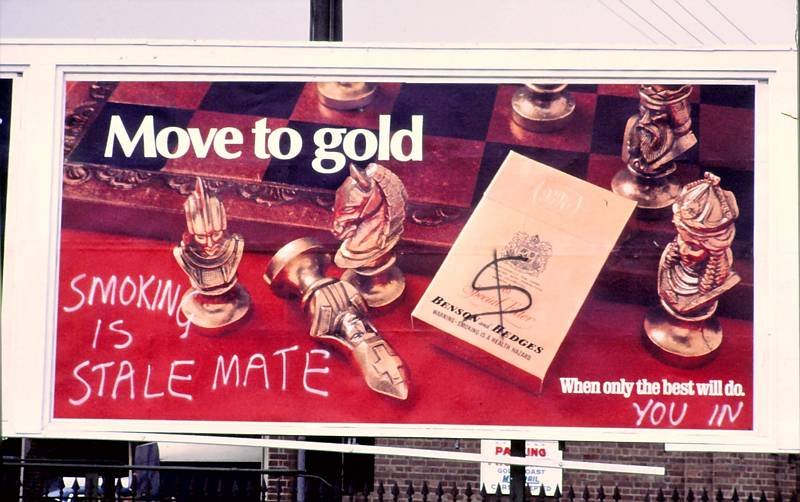Street art of the inner west
A rosella in a mural by Hugues Sineux on a Lewisham home that used to be a corner store. The rosella references the old advertisements for Rosella soup that were discovered on the walls. The mural is part of Inner West Council’s Perfect Match program.
The inner west is home to Sydney’s street art. Find out..
How a world-famous, graffiti health campaign started here?
Why the inner west has the most murals in Sydney?
How its most iconic mural was painted? (illegally, in the middle of the night)
What stencil inspired a top selling kids book?
The other street art - stickers, pasteups, yarn bombing, sculptures...
Show Notes
Welcome
By Deborah Lennis, D’harawal woman, local Elder, and cultural advisor at Inner West Council.
Largest concentration of Indigenous art in Australia
Ku-ring-gai Chase National Park is 45 minutes north of the inner west by car. It’s Australia’s second oldest national park and according to The Guardian, is “home to around 1,500 pieces of Aboriginal rock art. It’s the largest concentration of Indigenous sites in Australia, eclipsing Kakadu which has around 5,000 sites but over a much greater land mass.”
Gadigal and Wangal art in inner west Sydney
The impact of colonisation and development on the inner west has meant only a fraction of the art of the Gadigal and Wangal people has survived. The late archaeologist John Clegg identified rock carvings of fish by Aboriginal people at Callan Park in Rozelle, along with middens nearby.
Street art tour guide and author Melinda Vassallo
Melinda Vassallo has spent the last twenty years photographing, researching and advising graffitists and artists of all forms around Sydney's streets. She’s the author of two books about street art in the inner west
Street art of the inner west: a pictorial reference book of twenty years of street art, the artists who created it and the residents who love it.
Perfect Match: a pictorial reference book about the collaborative journey between artists and home owners.
Read her blog or book a street art tour by Melinda at Local Legends Tours.
Australian graffiti by Rennie Ellis and Ian Turner
In 1975, documentary photographer Rennie Ellis published a collection of photos of mainly political graffiti, with a foreward by Ian Turner. A collection of these photos is on the Rennie Ellis website. A revised edition was published in 1979.
1980s graffiti culture in the inner west
As Tim Stone writes on the ABC, “It did not take long for the culture to take root, possibly due in part to the political and protest graffiti culture that already existed in our cities.”
Street art author, photographer and researcher Melinda Vassallo says the railway lines were “the playground for many, many years. Railway lines were constantly hit and that's where they painted. They were doing it at night. They were jumping fences. It was kind of safe because no one else is going to go down there. They got very, very fast and very skilled, very quickly.”
Graffiti Hall of Fame
Graffiti Hall of Fame was a grassroots youth space and venue set up by Tony Spanos in the early 1990s, in a former meatworks. Tony invited local graffiti crews to paint the former factory and the space became completely covered in murals and wildstyle graffiti. It became a community venue where young people and Indigenous groups could gather, fundraise and put on community events.
The Graffiti Hall of Fame in Alexandria, Sydney. Photo from Sydney Rave History.
The complexity of street art [5:20]
Lotte Smith is an illustrator, printmaker and mural artist. She says that without graffiti, she wouldn’t be doing what she’s doing now.
“Street art is complex for me. It brings art into a public space which is really great. I’m trying to build on my knowledge and respect its roots in graffiti. I know a lot of people look down on graffiti, and that it’s a divisive thing, but its roots are based on that.”
“Street art has its roots in being subversive, and in being illegal. It’s a voice for the people. Graffiti and street art and mural art - one can’t exist the other.”
Cohen Park murals in Annandale, inner west Sydney [5:40]
Sharon Billinge lives near Cohen Park in Annandale, and she’d noticed a row of garages along the side of the park that were “really dilapidated. So as I'm a street artist, I thought, maybe we could get some funding and we could brighten it up.”
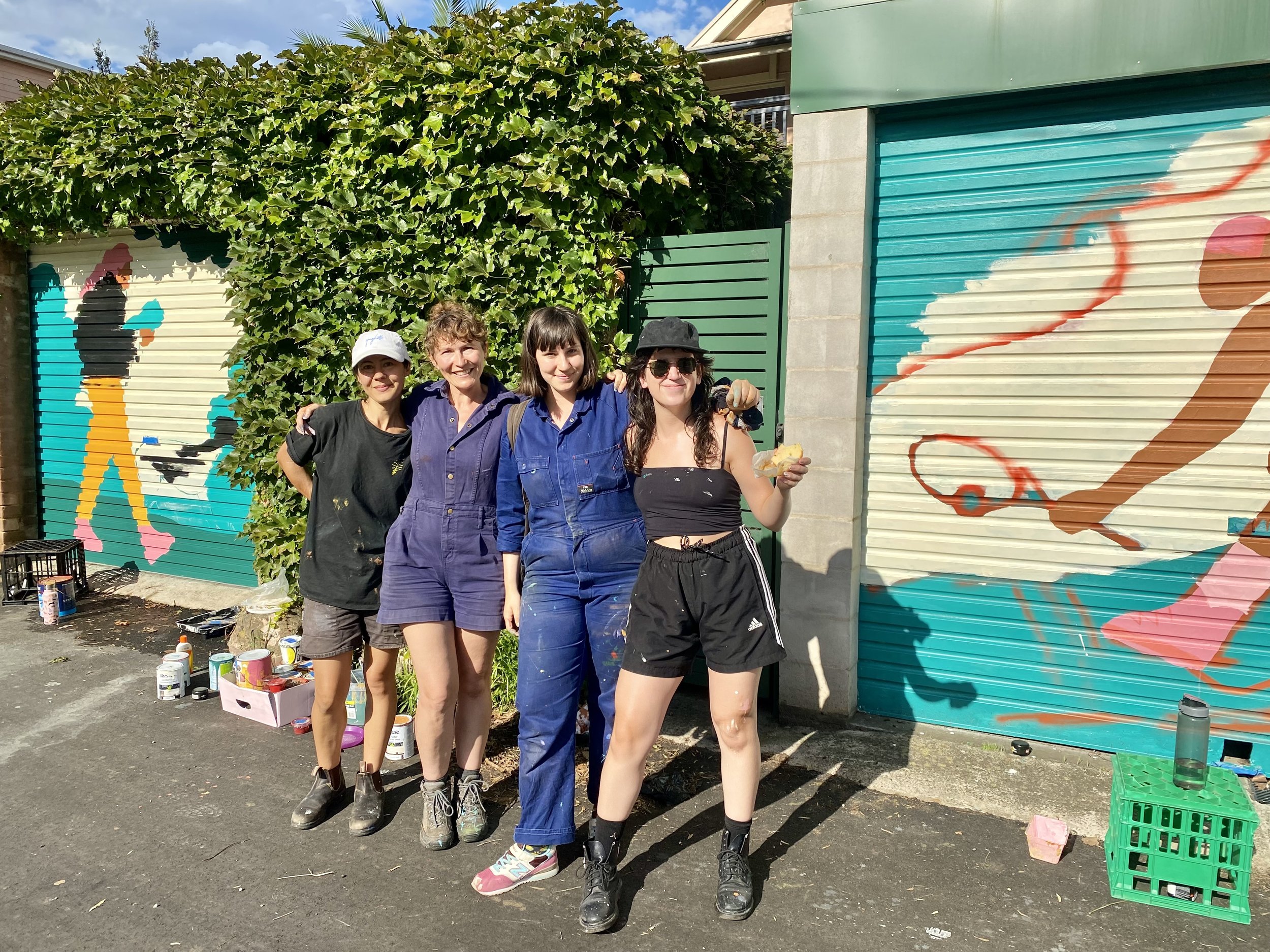
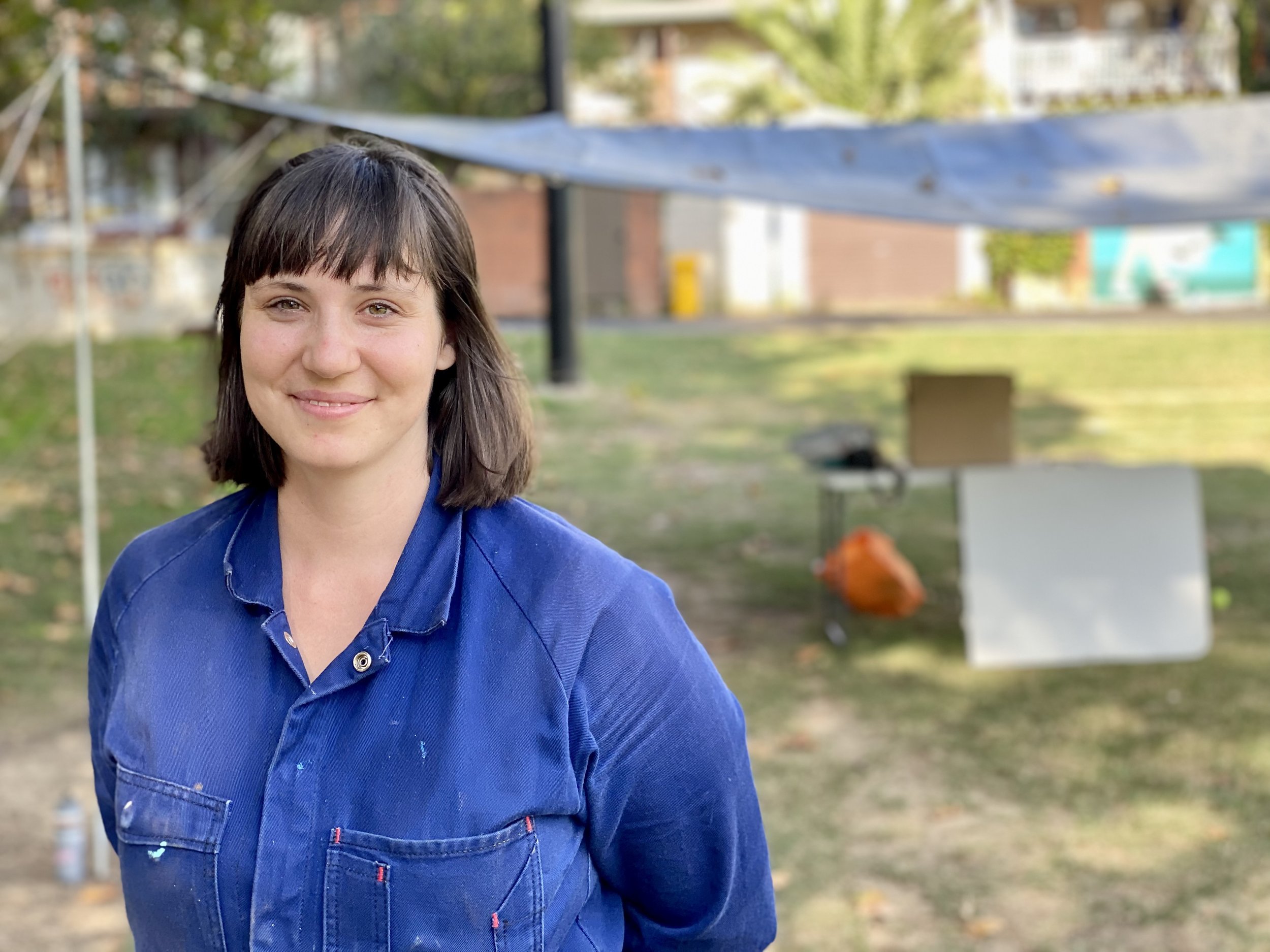

Sharon got funding from Inner West council and coordinated a group project to paint a set of rundown garage doors opposite Cohen Park, Annandale. The theme of the murals was ‘connection’, and the artists were (L-R in the photo above):
Kim Siew, illustrator and mural artist. Kim painted a woman walking her dog on one of the garage doors. Kim’s a dog lover too and says “there's so many people that walk their dogs along the park.” She thinks public murals encourage people to come out onto the street and feel proud of their area.
Sharon Bilinge, multi-disciplinary artist: Sharon’s experience of painting public murals is “overwhelmingly positive”. The response to her mural art from people walking by is something she didn’t get in her gallery- based background. “As an artist, if you’ve got somebody coming past and saying to you, ‘I live here and what you’re doing is making an impact on me’, That’s a whole different ball game. That was like opening up a box of delights.”
Lotte Smith, illustrator, printmaker and mural artist.: Lotte grew up around the corner, and said it was very exciting and nostalgic to work on the project. She painted a bunch of soccer players, because the park is where she practised soccer with her high school friends. As well as painting one of the garage doors, Lotte ran a kids stencil art workshop in the park.
Rebecca Enya, product designer, illustrator and mural artist: On the garage she was working on, Bec painted a tennis player. “She's really going for the ball with a tennis racquet and I've put a lot of effort into the movement of her body.”
Perfect Match program
Since 2014, Inner West Council has been working with homeowners and artists through a program they came up with, called Perfect Match. The idea is that by removing a blank canvas, there’s one less wall to graffiti and tag. Perfect Match program is a huge success with over 130 murals around the inner west.
Each year, Inner West Council gets heaps more applications from people wanting their walls painted, than Council has funding for. See a gallery of murals and apply to be an artist or get a mural on your home or business.
River Canoe Club of NSW mural
Contemporary artist and Indigenous man of Torres Strait Islander ancestry Zachary Bennett-Brook, and illustrator and mural artist Kim Siew got matched to paint the River Canoe Club on Cooks River, Tempe, in 2020. Zachary says they combined his contemporary style with Kim's silhouettes of different fish and canoes, in a smooth, flowing way that played off the environment.
‘Public art connects worlds’
Zachary says it’s great to have art in museums and inside, but that’s only for a select few to enjoy. “Public art connects worlds. I’m an Indigenous artist, so it’s connecting people to the Indigenous world in a very modern way through my art. It’s connecting people to the art world, who may not necessarily be into art traditionally. That’s why I love painting on walls.“
Local history and stories in Perfect Match murals
Perfect Match murals often reference the local history and environment. French artist Hugues Sineux is painting a home that used to be a corner store in Lewisham. The owners discovered old advertising for Rosella, a brand of soup, sauces and condiments founded in Australia.
Inspired by the work of 19th century designer William Morris, Hugues designed and painted a frieze that incorporates rosellas, fruit, flowers and other elements.
Hugues has been doing murals for over 35 years. He observes that in Australia his work is 80% outside, compared to working twice outside a year in Europe. “People love murals here. It’s very popular.”
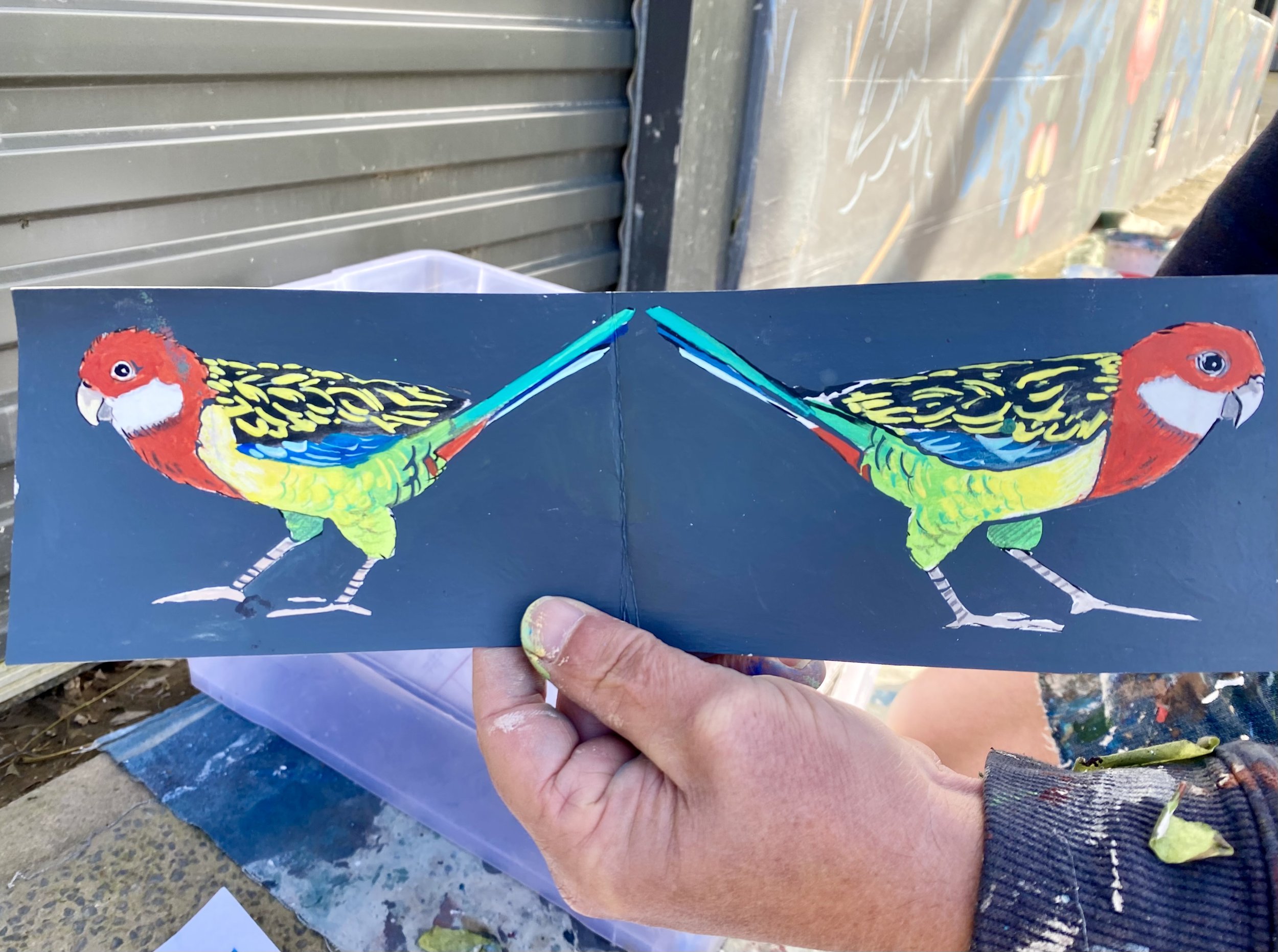
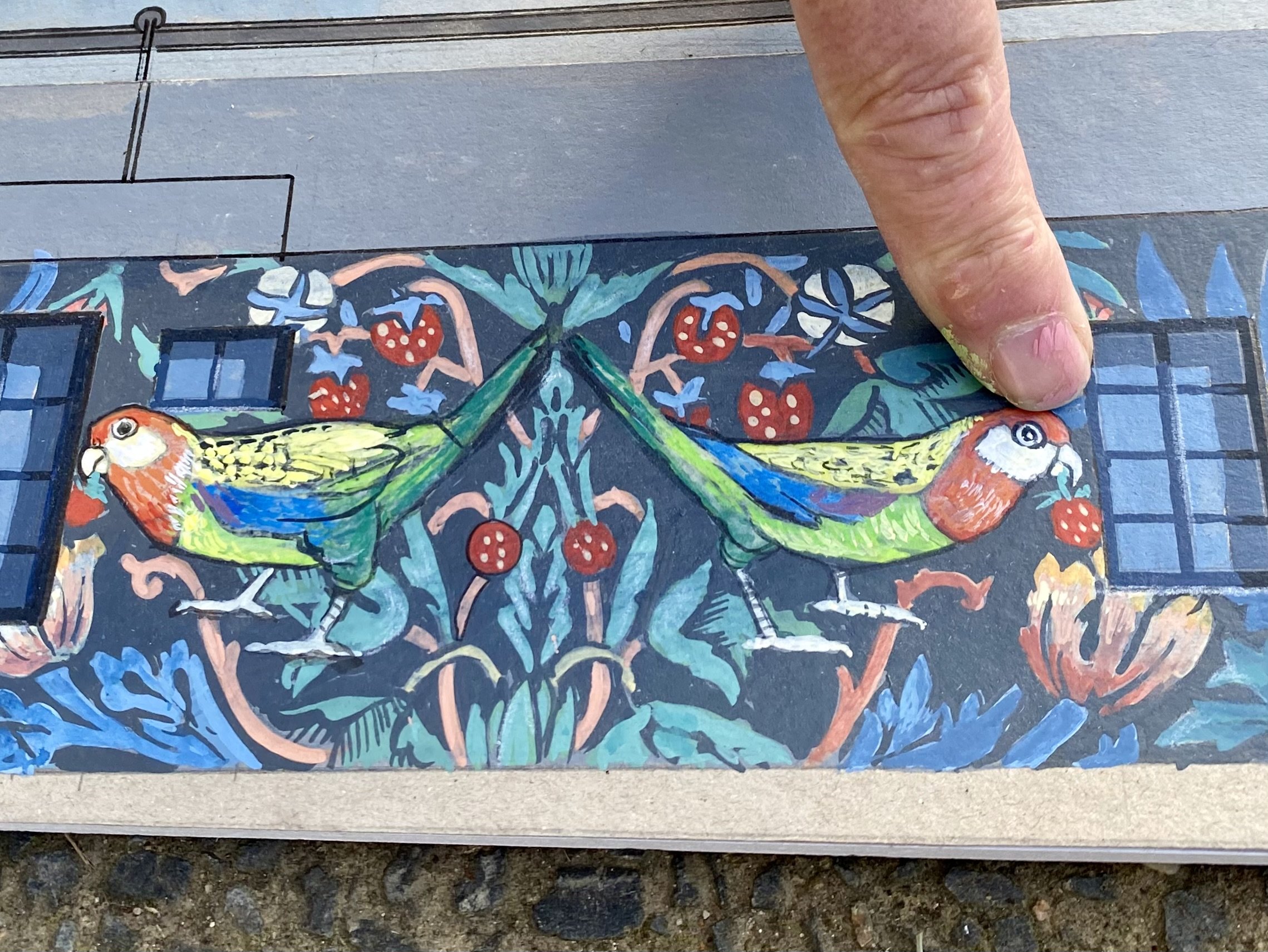
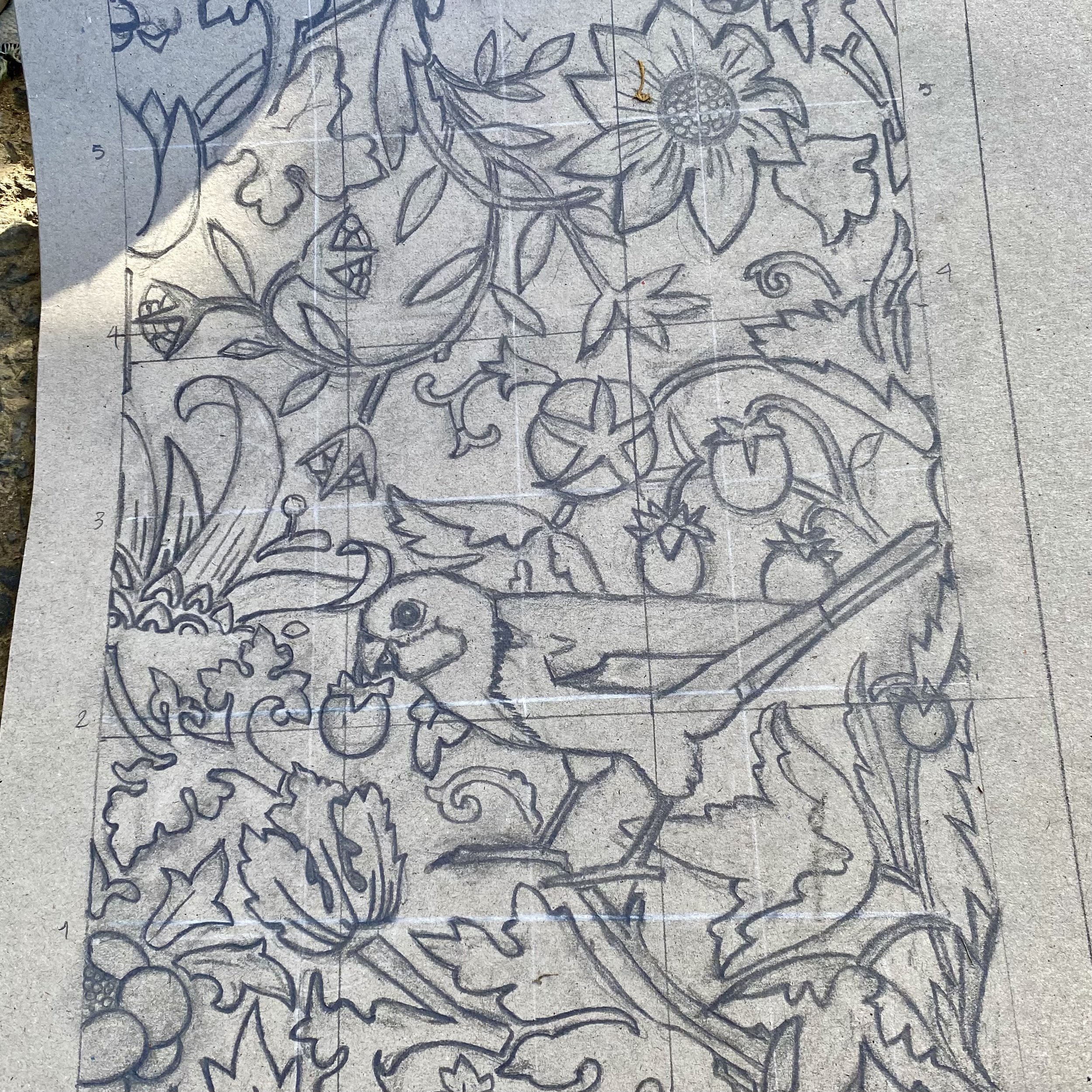
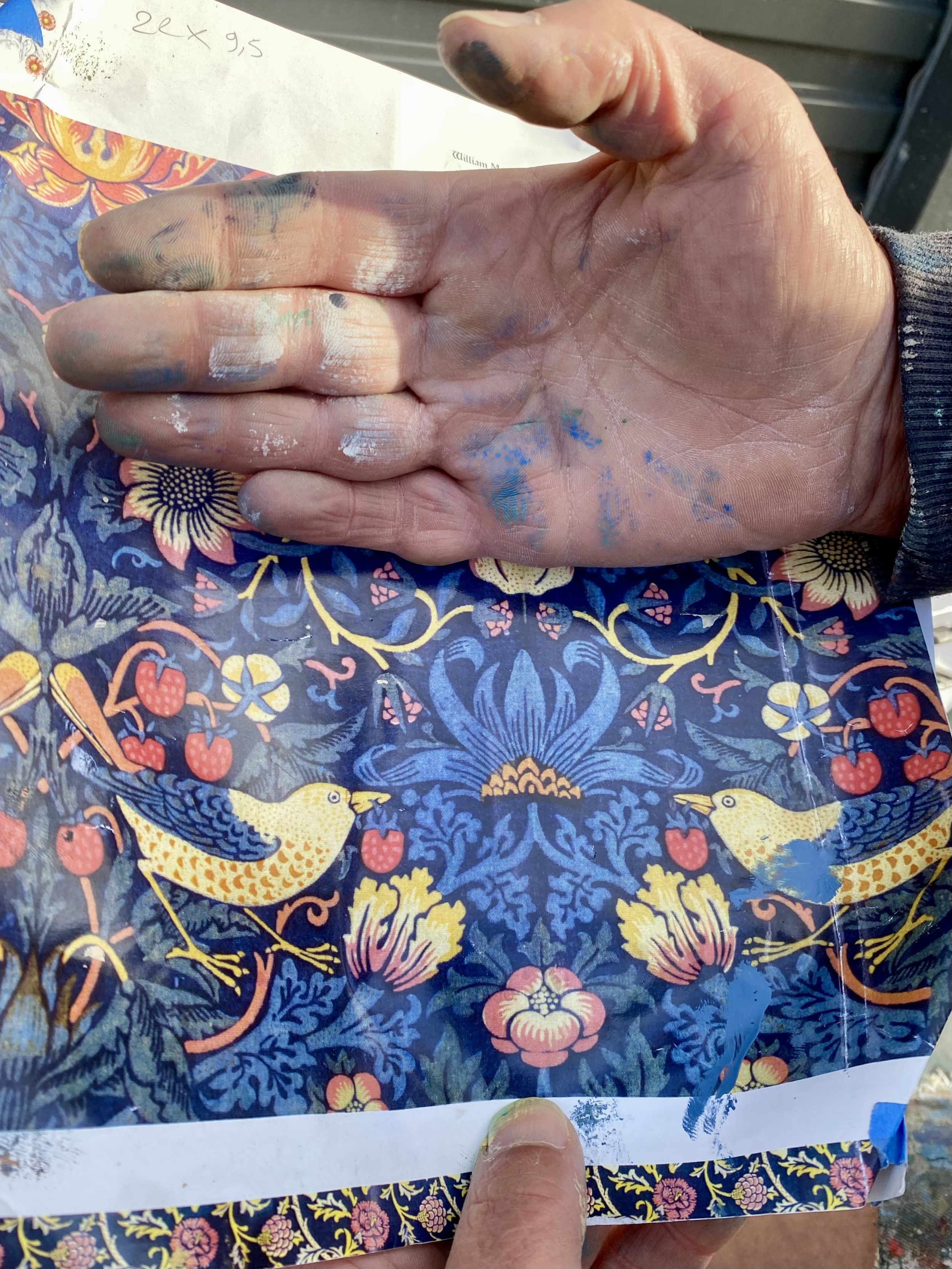

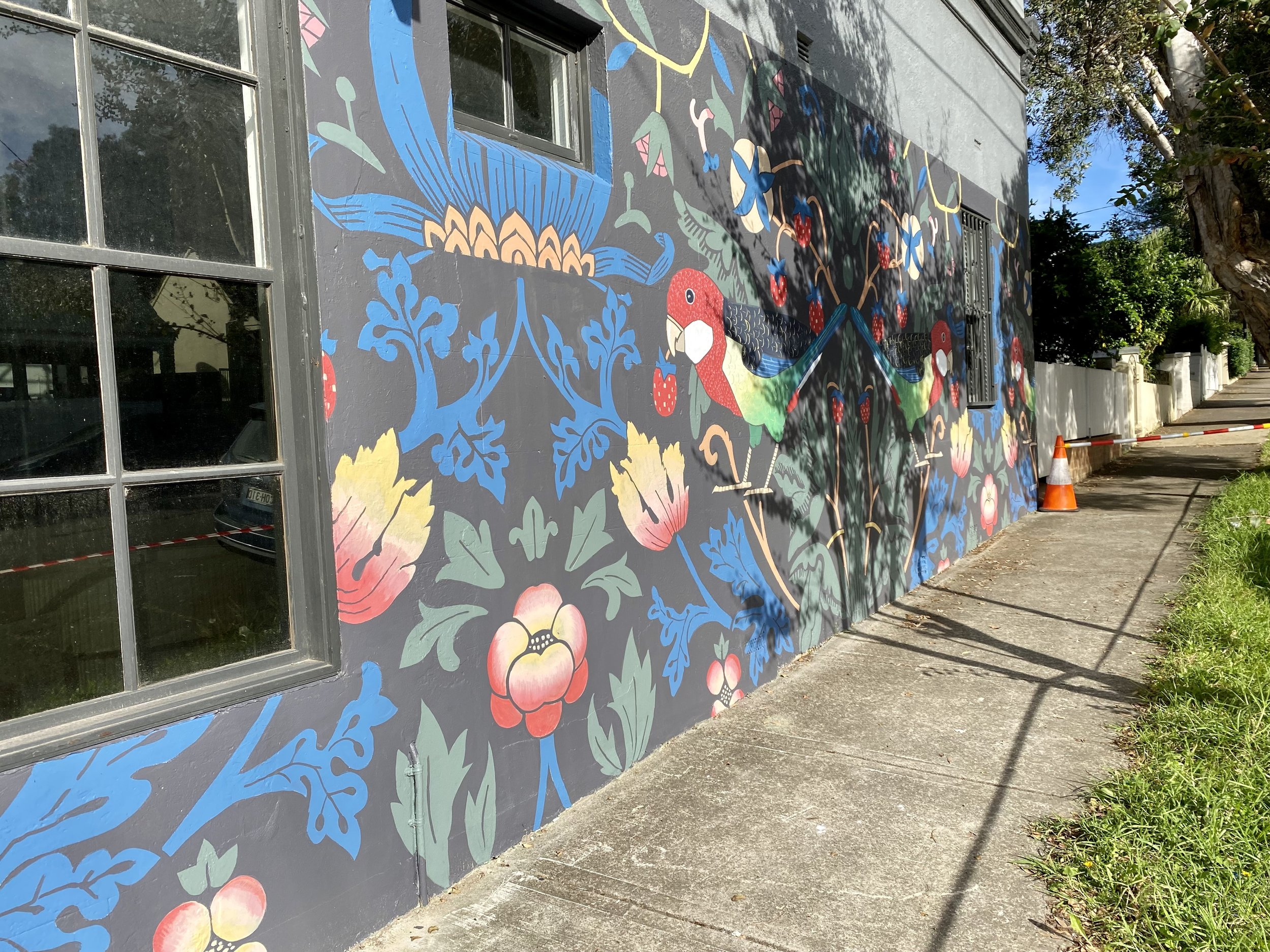
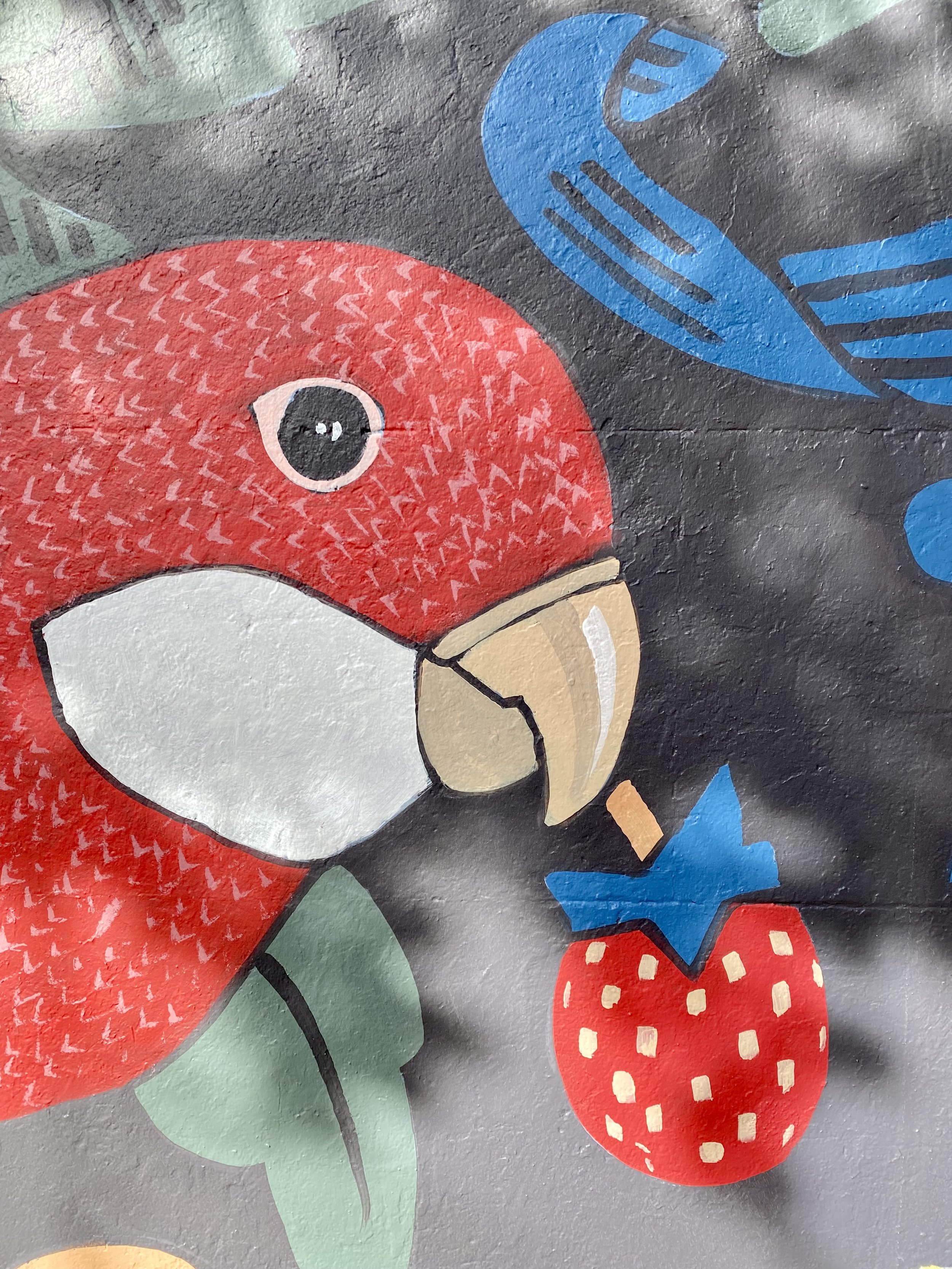
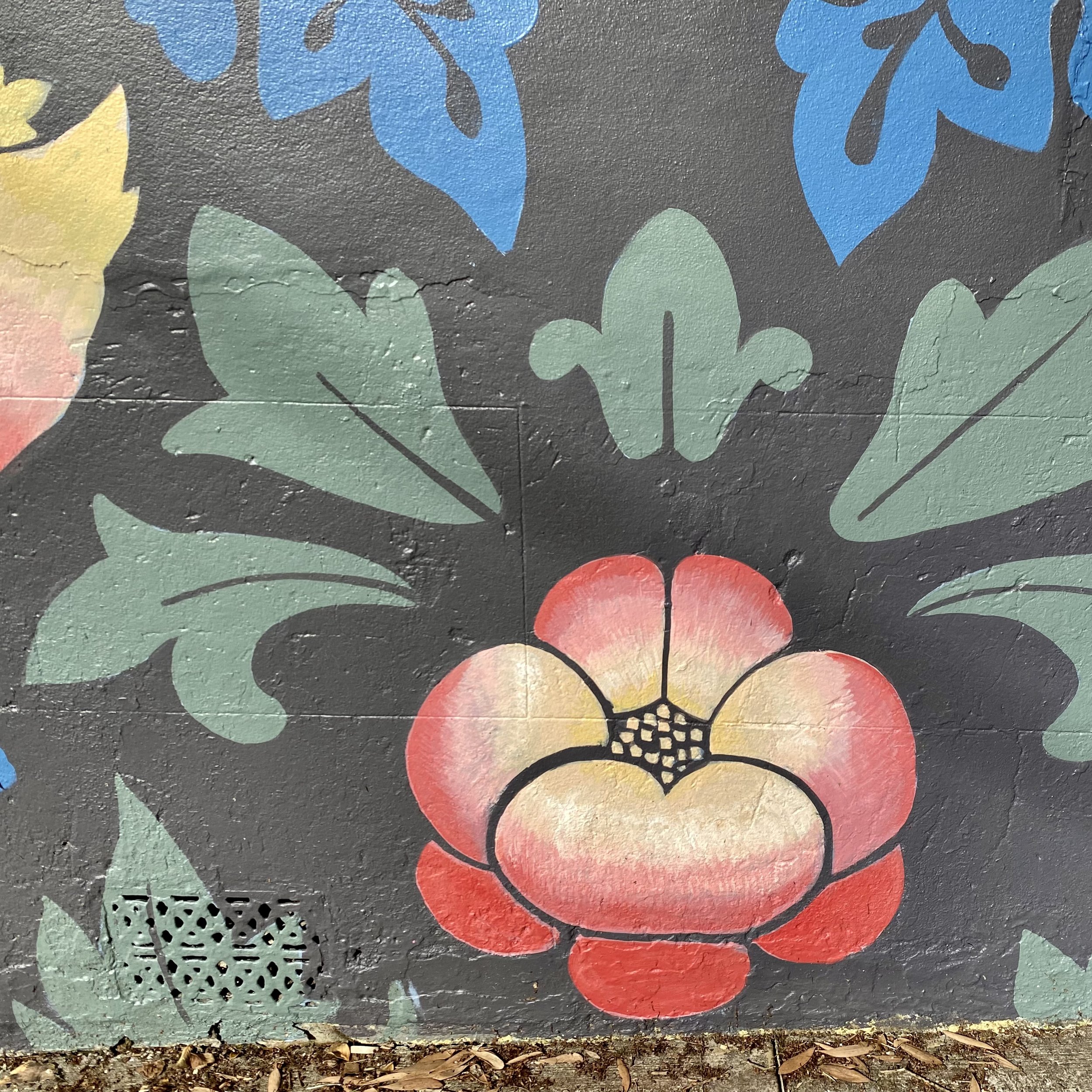
BUGA-UP Billboard Utilising Graffitists Against Unhealthy Promotions
When ads for smoking were banned on radio and tv in Australia in 1976, tobacco companies turned to billboards. You couldn’t watch the footy or drive down a main road, without seeing a massive ad for cigarettes.
The late Bill Snow decided to respond by graffiting over cigarette ads on billboards. His first act was to write ‘Poison’ on a Malborough ad, so it read ‘Poison Country’ instead of ‘Marborough Country’.
Ric Bolzan, Geoff Coleman and the late Bill Snow founded BUGA-UP in 1979 and had inner west Sydney as their base. As historian Iain McIntryre describes, BUGA-UP cleverly revised advertising slogans and disrupted tobacco-sponsored events, to reveal the true health cost of tobacco. They were an early example of culture jamming in Australia.
Marlborough Country became Poison Country
Anyhow… have a Winfield became Anyhow.. Throw another lung on the barbie.
And Benson and Hedges got When only the best... Will do you in.
BUGA-UP graffiti on a billboard advertising Benson and Hedges cigarettes in 1980.
“BUGA UP was probably the most cost-effective health promotion program ever done,” said BUGA UP member Arthur Chesterfield-Evans, doctor and former NSW MP, interviewed in the documentary Billboard Bandits by Kathryn Milliss.
“If you want to know why Australia was the first developed country to get rid of tobacco advertising, you have to say, we were the only group that had background, the only country that had BUGA-UP up working for it.”
See a gallery of BUGA-UP ‘refaced’ billboards on their website.
Late 80s and 90s: big murals in the inner west
Melinda Vassallo remembers “these big pieces going up” and one of her favourites was Marcia Brady gets a gun, by Newtown artist Tim Guider. Apparently the original title of the mural was "The subtle violence of the perfect TV family."
Melinda says that at this time, street art and graffiti was ‘always about something’, and made a social or political comment.
Marcia Brady gets a gun mural by artist Tim Guider in Erskinville. Taken by Juilee Pryor in 1993, from the City of Sydney Archives and History Resources: Juilee Pryor Street Art Photograph Collection.
Go on the back streets to find street art
“All you have to do is walk one street behind King Street [Newtown] or one street down the main street of the inner west, and there's all this stuff happening on the walls. There's lots of tagging. There's lots of paste ups. There's stickers.” Melinda Vassallo
Sticker art
Sticker art “started with those little stickers Hello, my name is and people used to tag on them and then stick them on the wall,” Melinda Vassallo says.
“There was a time where you couldn't even buy a Hello, my name is sticker anywhere in Sydney, because they were just so popular. And from that, the stickering just evolved and people started putting their little artworks on stickers and drawing on them and sticking on walls.”
Dogs with a ‘yarn necklace’
Yarn bombing is a type of street art where public objects are covered with colourful, woolly knitted or crocheted yarn or fibre. It is said to have begun in 2005 and then spread around the world. At its peak in Australia, around 2010, Melinda says that dog owners going to Sydney Park would return with their dog wearing a little crocheted or yarn necklace.
Mim the stencil street art cat
One of the most prolific stencils Melinda has seen in Newtown for a very long time was the ‘Mim cat’, with hundreds of cat stencils of different sizes around the inner west.
The stripey street cat book
While they walked local streets with a pram, over a decade ago, Peter Warrington and Rachel Williams noticed the Mim Cat stencil and got inspired. Peter describes the book they wrote, The stripey street cat as a “deceptively simple story about a cat who goes looking for a friend.”
On every page, you’ll find the Mim cat walking down the street, in a photo taken by Rachel, with text by Peter.
“It was always at the intersection of the bottom of a wall and the pavement. It's very easy, even for someone like me with no imagination, to imagine that cat literally walking down that wall. She was coming out of tunnels going under bridges, walking around corners in gutters, on roller doors. It made it easy for us to meld a story around.
The MIM cat with MIM written in its tail. A stripey cat that was stencilled around the inner west from around 2009 onwards. Photo by JAM Project on Flickr: CC BY SA.
Mim Cat love story
Rachel Williams says that the beautiful thing about the cat stencil is it's actually a love story. The stencil artist’s girlfriend at the time was named Mim, and, “he was putting that around the streets for her”.
When the book came out in 2011, The stripey street cat was the top selling kids book at Better Read Than Dead in Newtown.
After the success of The Stripey Street Cat, they’ve published 3 more books for kids around street art, as well as Cut: 10 Years of the Stencil Art Prize through their production and publishing house, Not Quite Newtown.
The street art of Flora
The favourite street art of Bernie Hobbs, host of Inner West Icons podcast, is the ‘Flora ant’.
Flora most often does ants. Giant ants…
A Flora ant on the Instagram account @florapest, which shares other people’s Flora pics.
Bonnie Huang is a student and artist who’s been looking out for Flora ants since high school.
“I went to school in Petersham, and I would see these ants around. It was like seeing little friends everywhere around Petersham and I was like, "‘Oh, I've spotted another Flora!’”
Bonnie, along with Maya Seelig and Tom Martin, wrote about Flora and anti-style graffiti in Honi Soit, the newspaper of the University of Sydney.
Tom describes a typical Flora ant: “Sometimes it’s like a little stick figure ant.”
“Other times there's like a massive, big one across the whole wall and it's got all the legs coming out. But you've always got that power point face where the two eyes are the diagonal top of the power point.”
In their 2021 article Finding Flora, they point out that the “infestation of ants over the past few years is indicative of how Sydney graffiti artists and writers have begun to experiment with new ways to present their tag aliases within the world, creating a more vibrant and inventive scene.”
Flora uses graffiti as a way of rebelling against urbanism and as like a return to nature, Tom says.
Flora’s connection to nature extends outside graffiti and into guerilla gardening. Bonnie came across photos of Flora’s planting in empty footpath plots on their Instagram account.
Flora and ‘anti-style’ graffiti
Tom and Bonnie say that the loose style of Flora’s pieces are part of a larger movement in graffiti called 'anti-style’, a rebellion against the stylistic conventions of graffiti. Instead, “everything is very rough and, and not technically good, but still, it looks appealing,” says Tom.
They think the artist behind Flora is a trained mural painter and that their style is an artistic choice, rather than a lack of skill. Bonnie, Tom and Maya write:
“These new creations embrace absurdity, spontaneity, and imperfection. Colours don’t stay within the lines, the handstyle isn’t technically well-executed — but it’s also a really appealing style, both aesthetically as a playful graphic format and as a resistance against the supposed ‘better’ style of street art murals.”
Tom Martin and Bonnie Huang in front of a Flora piece in Petersham, Sydney.
The artists behind the inner west’s most iconic mural
I have a dream was painted by Juilee Pryor and Andrew Aiken on King Street, Newtown, in 1991.
I have a dream mural by Juilee Pryor and Andrew Aiken in King Street, Newtown. Photo by Jules Antonio on Flickr: CC BY SA
Juilee says she was “accustomed to the taking of walls from Art Unit days when we would go out and we'd put our posters all over the walls, wherever we felt like it because we were young and free could do anything we want. So the taking of walls in the middle of the night to do creative things had held no fears for me.”
Art Unit was a legendary Artist Run Initiative, founded by Juilee, then partner Robert McDonald and others. It operated from 1982-85 in two derelict adjoining factories in Alexandria.
In the late 80s and early 90s, Juilee started painting large scale murals in the inner west. While she was painting the exterior of friend’s shop in Newtown, she came across another artist, Andrew Aiken.
“I looked up to my right and there was this scruffy, deadbeat-looking guy painting on a fence at the back of the church. And before you know it, we were both showing off about stuff we'd done on the streets.”
Juilee describes Andrew as, “a very interesting character. A bit of a loudmouth. Wildly exuberant. A bit of pain in the arse. But fabulous.”
Initial collaboration The Light Shineth
After that first meeting, Juilee Pryor and Andrew Aiken agreed to meet up a few days later to do a small mural together. They painted The Light Shineth.
The Light Shineth by Juilee Pryor and Andrew Aiken from City of Sydney Archives and History Resources: Juilee Pryor Street Art Photography Collection.
Both Andrew and Juilee asked for permission to paint a mural in the small park at the Telstra exchange at 295 King Street, Newtown but were rejected. A week after painting their first mural together, Andrew and Juilee decided to paint the wall anyway.
The plan was a very big, very visible mural. Juliee says the design was deliberately simple, so it could be done quickly - the face of Martin Luther King, the earth as seen from space, and the words ‘I have a dream’ from King’s 1963 speech.
The large amount of black paint needed came from the council playground (which was not being used, Juilee emphasised) and they decided the best way to hide was ‘in a crowd.’
Painting started at 7pm on a Friday night in August, 1991. They quickly realised they’d need more than a triple extension ladder for the wall, and called up Tony Spanos, ‘frontrunner for the most eccentric person a la Newtown’, as Juilee describes him.
On Saturday night Tony turned up with a cherry picker. Juilee directed traffic on King Street while the cherry picker got into the small park where the wall was, saying “Australians will do anything if directed by someone in a hazmat jacket”
‘The sun hit the Martin’
It took Juilee and Andrew all night to finish. At 4.30am, Andrew went home and came back with a bottle of champagne and a couple of glasses. Juilee says,
“We all had a glass of champagne. The sun came up and it just hit that mural.
It was the first time the sun had kissed the face of the Martin. And it was extraordinary and it was powerful and it was true. We toasted that sunlight and there was nobody around, nobody at all.
There was no applause, no fanfare.
I said, This is for Newtown. This is a surprise for Newtown.
Gosh, won't they be impressed? I'm laughing now, but in fact, people accepted the gift.”
2014 Heritage listing
The community’s love and ongoing maintenance of the mural and the popularity of the documentary made about it (below) by Liz Paddison saw Marrickville Council voting to give the mural heritage protection in December 2014.
The Daily Telegraph reported: “A heritage report commissioned by council found that the mural is of local historical, aesthetic and social heritage significance. ‘It notes that the community maintains a sense of ownership of the mural, and anonymously repairs any damage to the mural that occurs,’ a council document said.”
Links
Newtown and Enmore street art (1000+ photos) by JAM project on Flickr
The Sydney Morning Herald’s story on How Paul Mac found a dark inspiration in the rhythms of hate, about The Rise and Fall of Saint George production. The show was “based on the vandalisation of a mural on the wall of Mac's Erskineville home, which he commissioned street artist Scott Marsh to do after the death of George Michael.”
Got more links you think should be here? Let me know!


